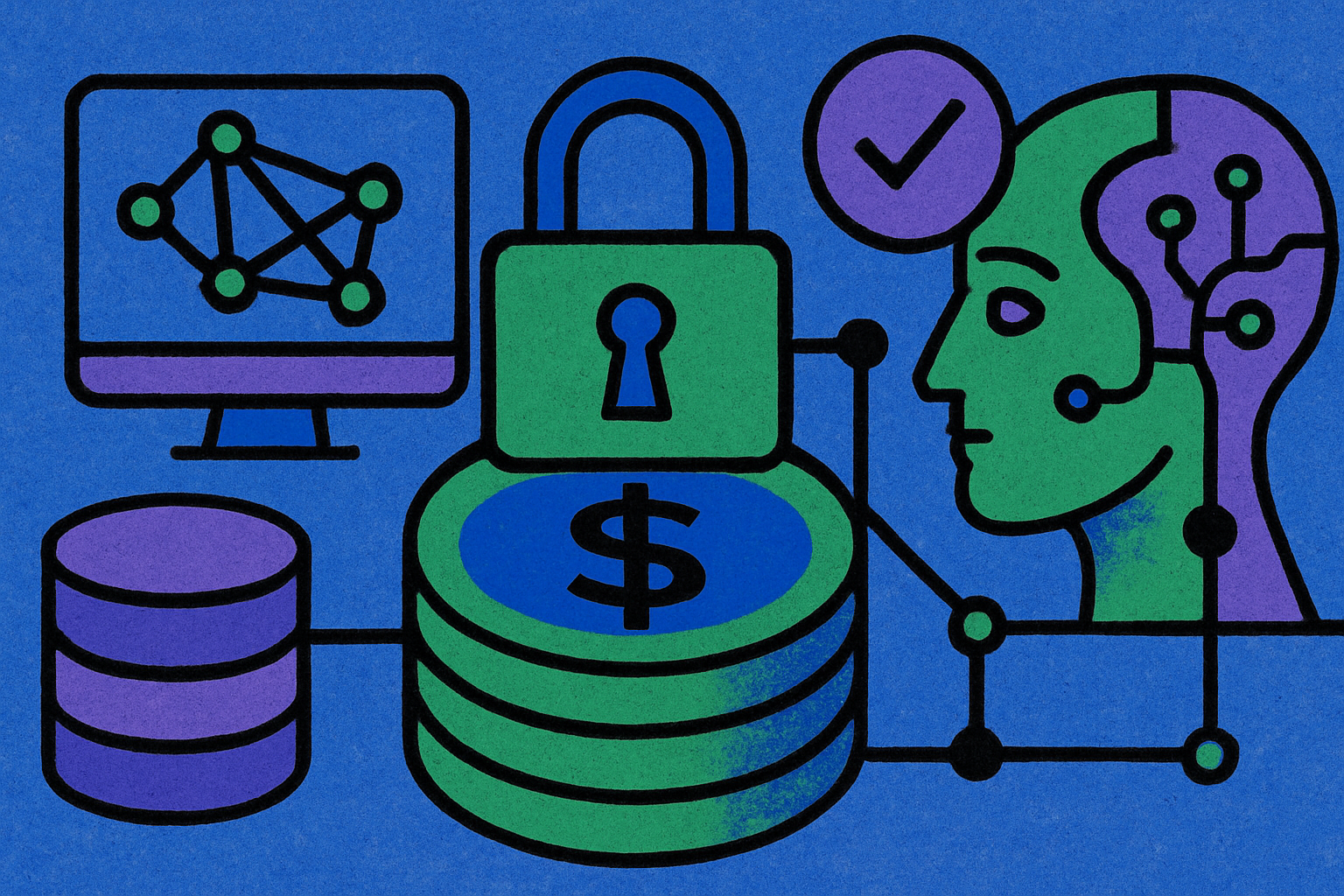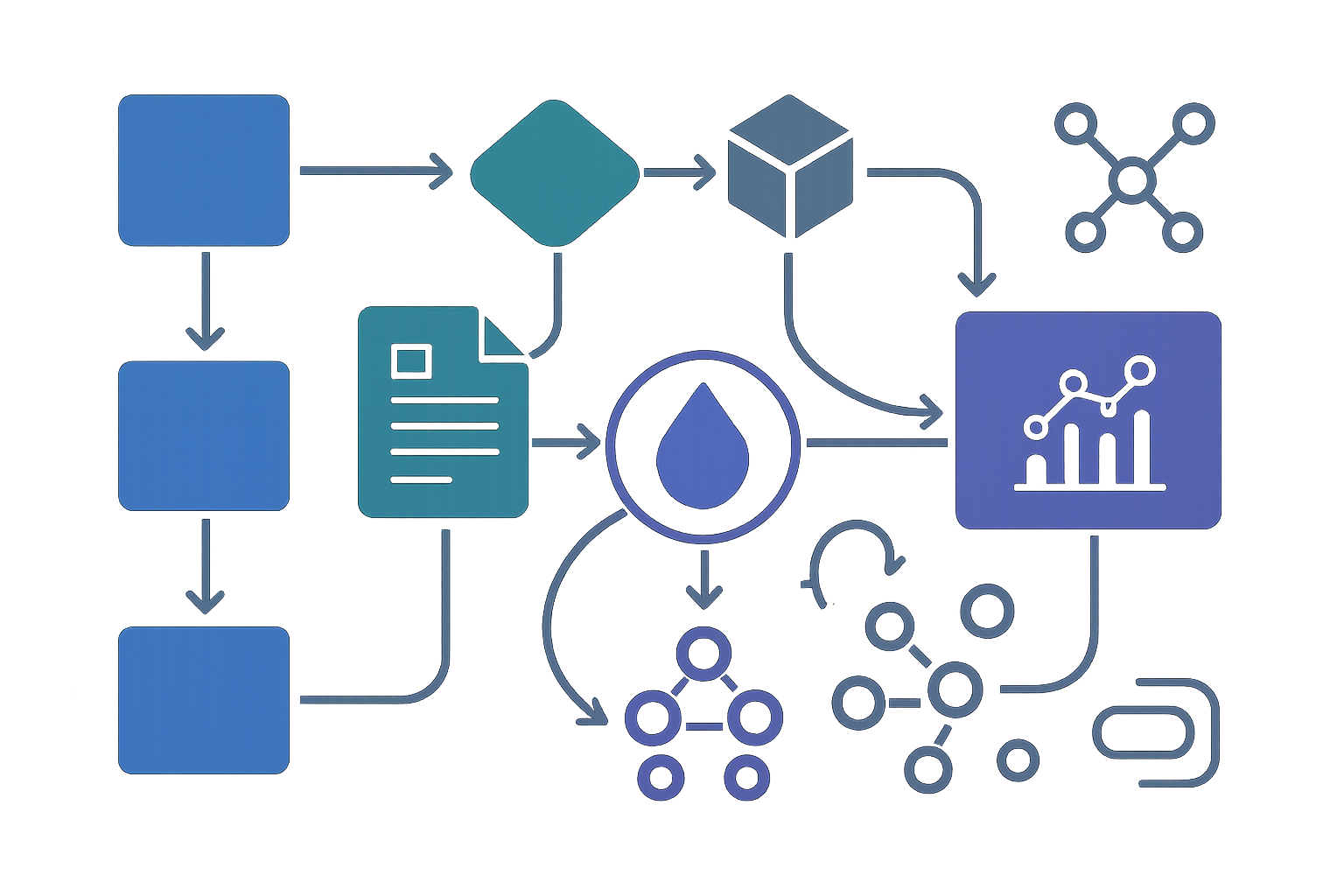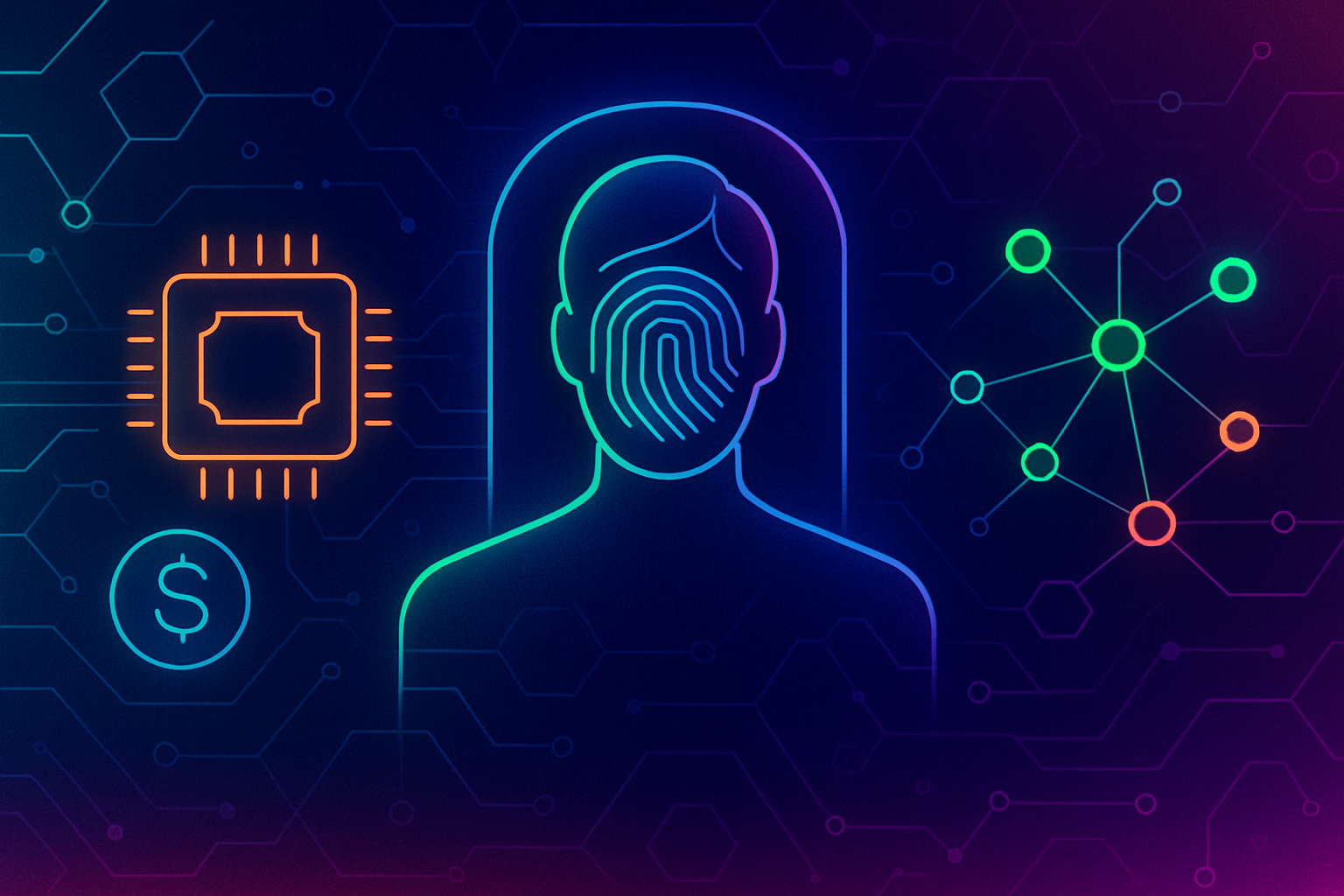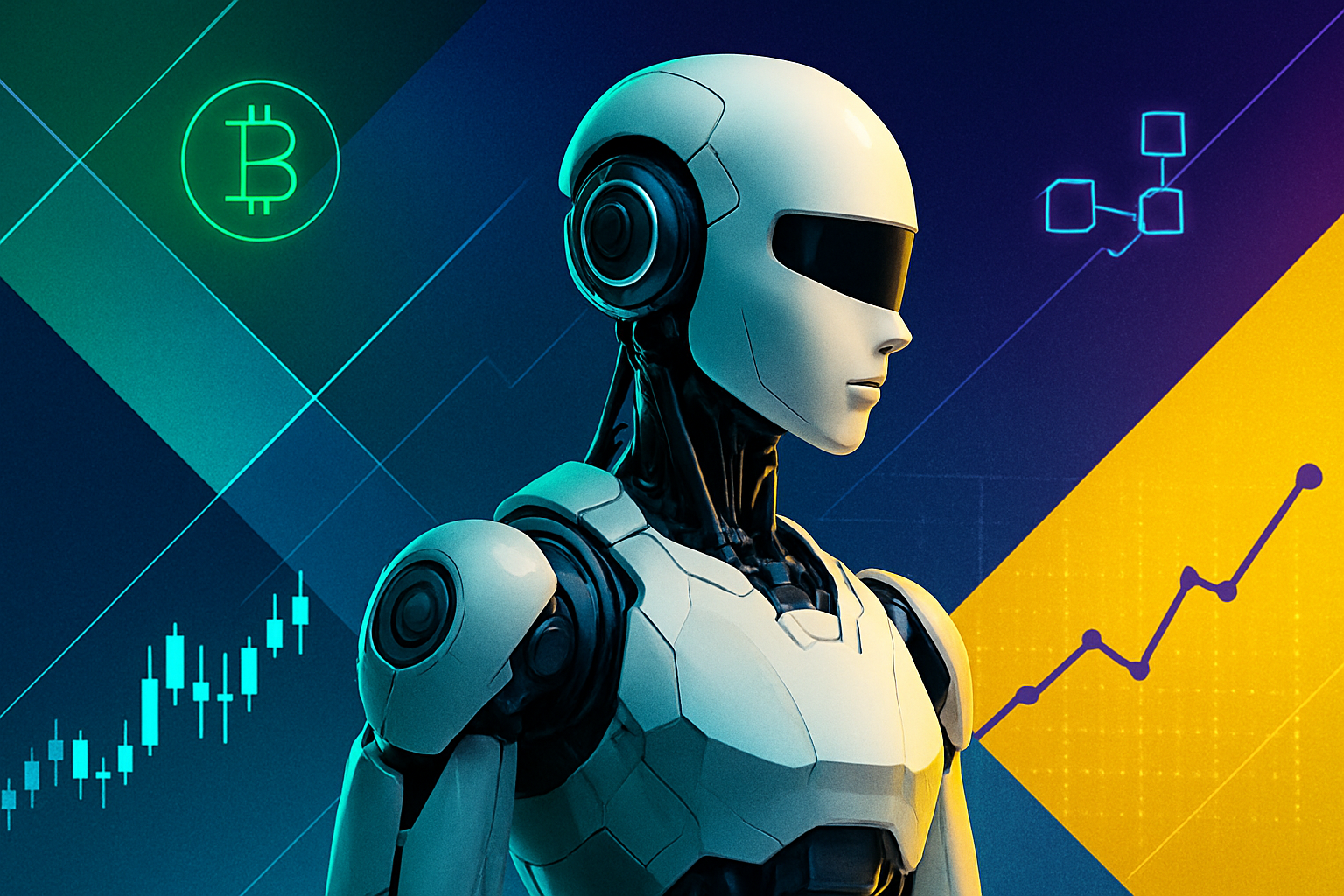
In 2025, a new paradigm is reshaping the machine economy: the rise of AI-driven DePIN networks. These decentralized physical infrastructure networks, powered by blockchain and artificial intelligence, are transforming how autonomous machines interact, transact, and evolve. As the demand for scalable, secure, and flexible AI infrastructure grows across industries like robotics, logistics, and smart cities, DePINs are providing the backbone for a truly autonomous machine-driven internet.

The Convergence of AI and Blockchain: Foundations of DePIN
At their core, DePINs (Decentralized Physical Infrastructure Networks) use blockchain to coordinate real-world resources, such as compute power, storage, sensors, and connectivity, enabling machines to observe their environment and act independently. The integration of AI with DePINs amplifies this capability by allowing devices to process real-time data securely at the edge while leveraging collective intelligence from distributed networks. This convergence unlocks several key advancements:
- Decentralized Coordination: Machines negotiate tasks and resources directly with each other without centralized intermediaries.
- Onchain Machine Payments: Autonomous devices transact value instantly using crypto-native payment rails.
- Private Decentralized Compute: Sensitive workloads remain secure through encrypted computation on distributed nodes.
This infrastructure is not theoretical, it is already being deployed at scale. For example, Solana’s high-throughput blockchain now supports projects like Render Network and Nosana that decentralize GPU access for AI model training. Meanwhile, IoTeX’s platform authenticates physical devices onchain, ensuring that only trusted machines participate in these networks. The result is an ecosystem where machines can self-organize into fleets or swarms to solve complex problems collaboratively.
Pioneering Projects: Robo. ai x Arkreen and NATIX Network
The momentum behind AI-powered DePIN networks is evident in high-profile collaborations launched in 2025. One standout is the partnership between Robo. ai Inc. and Arkreen. By integrating Robo. ai’s eVTOLs (electric vertical takeoff vehicles), robotaxis, and unmanned logistics vehicles with Arkreen’s blockchain-based DePIN infrastructure, this initiative creates a dynamic marketplace for machine assets. Devices can monetize sensor data or idle compute cycles while accessing financing through Web3 tokenomics, a leap forward for the machine economy.
NATIX Network’s DePAI strategy offers another compelling example. Harnessing over 255,000 contributors globally, ranging from smartphones to connected vehicles, NATIX aggregates community-sourced data streams to fuel real-time AI model development for smart city applications. This approach not only accelerates innovation but also democratizes participation in building urban intelligence systems.
How DePIN Networks Empower Autonomous Machines
The practical implications of these developments are profound across sectors reliant on autonomous systems:
- Enhanced Resilience and Adaptability: Without single points of failure or centralized choke points, fleets of robots or drones can reroute tasks in response to environmental changes or network disruptions.
- Resource Optimization: Distributed compute marketplaces enable machines to tap into idle GPUs worldwide, lowering costs for intensive workloads like computer vision or natural language processing.
- Data Monetization and Incentives: Devices earn rewards by contributing valuable data (e. g. , traffic patterns or environmental conditions), driving continuous improvement in AI models while creating new revenue streams for device owners.
- Tamper-Proof Security: Blockchain ensures that only authenticated machines with verified provenance participate in sensitive operations such as autonomous delivery or critical infrastructure monitoring.
This new era isn’t just about smarter robots, it’s about building robust digital-physical ecosystems where every connected device contributes to collective intelligence while maintaining autonomy over its own resources and economic incentives.
One of the most significant shifts in 2025 is the move toward decentralized AI infrastructure as the default for mission-critical machine operations. By leveraging onchain protocols, autonomous machines, from delivery drones to industrial robots, can transact, coordinate, and authenticate without relying on centralized servers or cloud providers. This approach not only improves uptime but also reduces attack surfaces and operational bottlenecks.
Real-World Use Cases of AI DePIN Networks in 2025
-
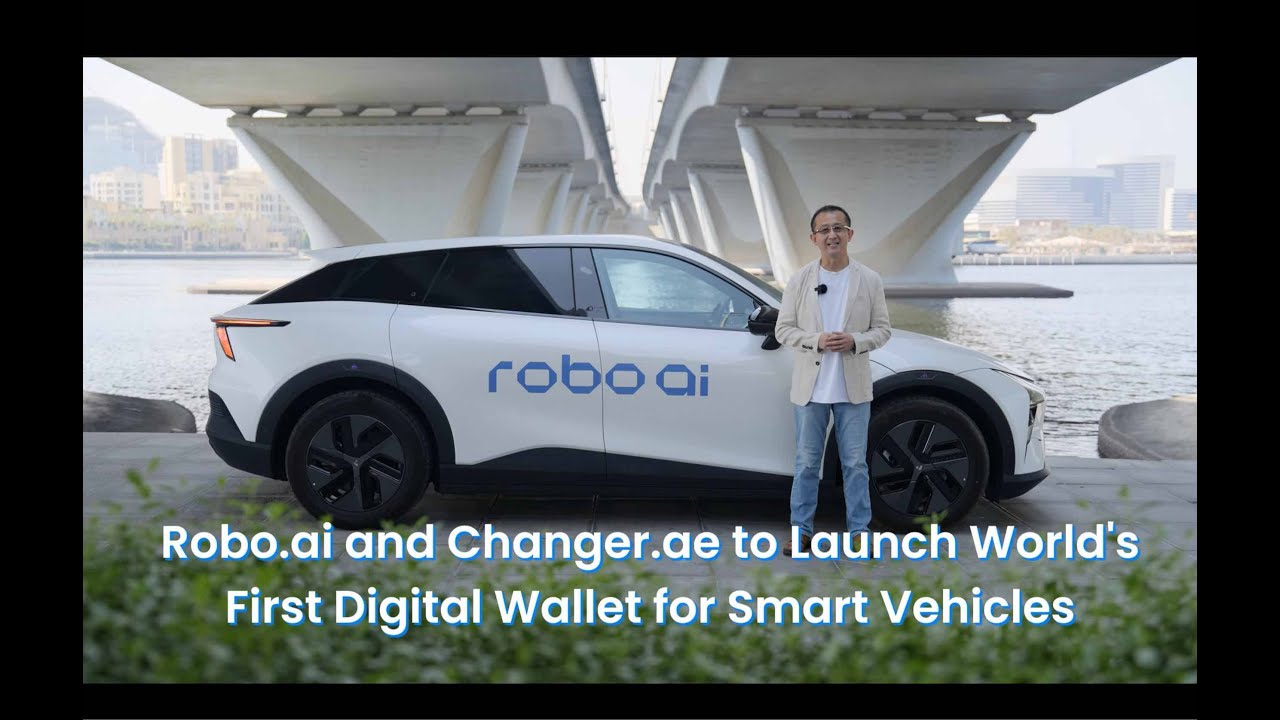
Robo.ai & Arkreen: Decentralized Machine Asset NetworksRobo.ai’s investment in Arkreen integrates eVTOLs, robotaxis, and autonomous logistics vehicles into a DePIN-powered network. This enables secure data monetization, efficient financing, and decentralized coordination for fleets of autonomous machines in smart cities and transportation.
-
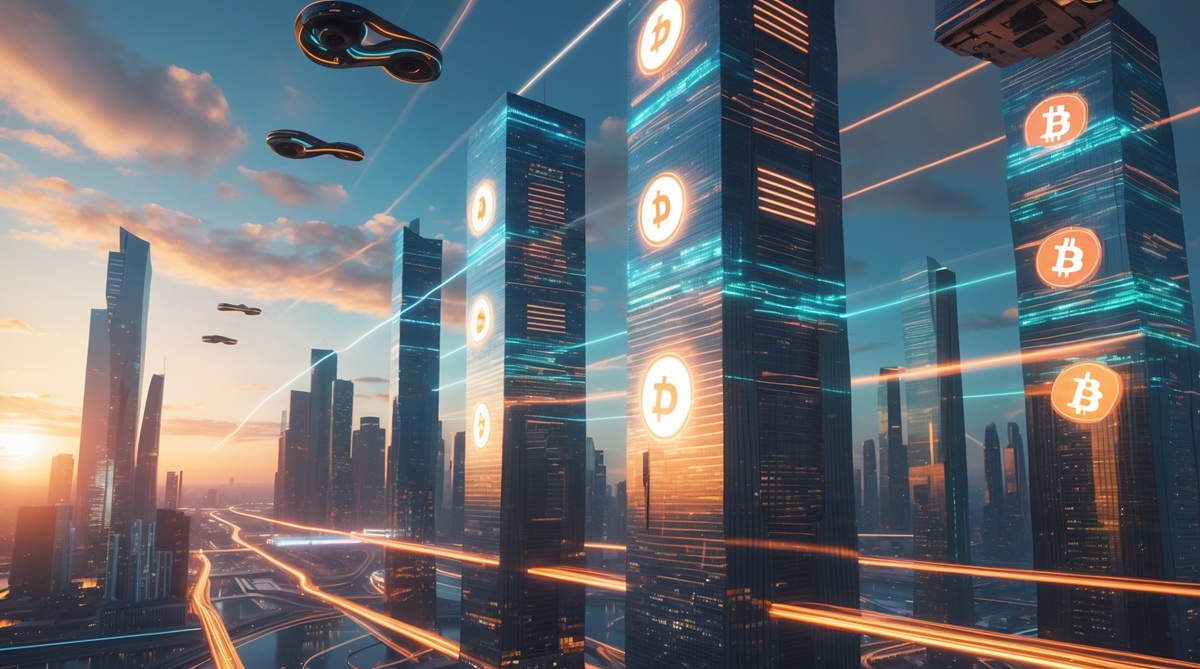
IoTeX: Physical AI Ecosystem for Smart CitiesIoTeX has expanded its infrastructure to support real-time, trustworthy data from IoT devices and autonomous machines. This secure, decentralized platform powers responsive AI applications in urban mobility, energy management, and public safety.
-
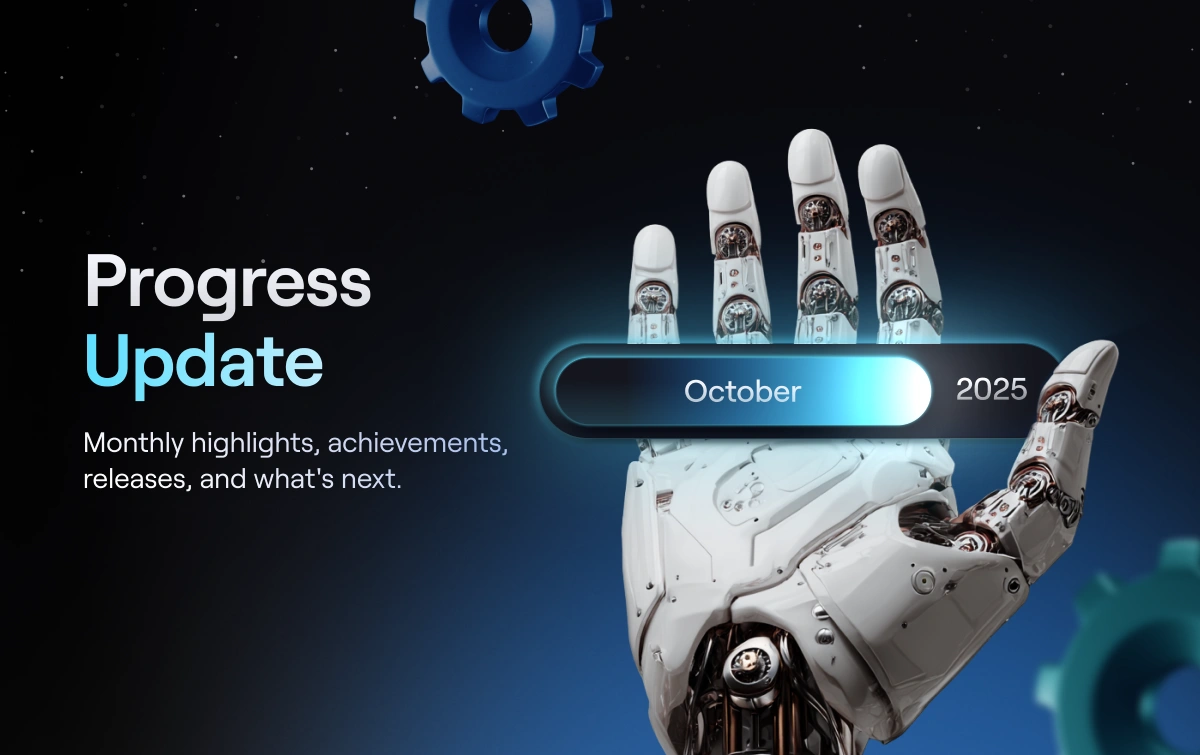
NATIX Network: Community-Powered Smart City DataThe NATIX Network leverages data from over 255,000 contributors worldwide, using smartphones and vehicles to feed AI models for traffic optimization, infrastructure monitoring, and urban analytics in decentralized smart city systems.
-

Render Network & Nosana on Solana: Decentralized AI ComputeSolana’s DePIN projects like Render Network and Nosana provide decentralized GPU resources for AI model training and inference. This supports scalable, cost-efficient AI deployment for autonomous vehicles, robotics, and supply chain automation.
For example, in smart city environments, fleets of sensor-equipped vehicles can securely share traffic and environmental data through DePIN networks. This data is then aggregated and processed at the edge using AI models running on decentralized GPU clusters. The result: near-instant adaptation to changing conditions, whether rerouting emergency vehicles or optimizing energy use across city grids. Learn how these networks are enabling self-optimizing infrastructure.
The impact extends to supply chain automation as well. Autonomous logistics vehicles connected via DePINs can verify cargo provenance, optimize routing based on real-time conditions, and settle payments automatically upon delivery using crypto-native mechanisms. This level of transparency and efficiency is only possible because every transaction and data exchange is cryptographically secured and auditable onchain.
Machine Economy: Incentives and Network Effects
The rise of DePIN-powered machine economies introduces powerful new incentive structures. Devices that contribute compute resources or high-quality data are rewarded with tokens native to their respective networks. These incentives drive rapid network effects, attracting more participants, which in turn increases available resources for AI workloads.
Projects like Nosana exemplify this trend by creating decentralized marketplaces for idle GPU power. Device owners can monetize unused hardware while AI developers gain cost-effective access to compute at global scale. This model not only democratizes access but also catalyzes innovation by lowering entry barriers for startups building next-generation autonomous applications.
Security remains paramount. With blockchain-based identity frameworks such as those pioneered by IoTeX, each machine is cryptographically verified before joining a network or executing sensitive operations. This ensures trustless collaboration between devices, even those operated by different organizations, fostering cross-industry cooperation without exposing proprietary data.
What’s Next? Scaling the Autonomous Machine Internet
Looking ahead, the convergence of AI DePIN networks, tokenized incentives, and verifiable machine identity sets the stage for exponential growth in autonomous systems adoption. Industry leaders are already piloting decentralized fleets for logistics, mobility-as-a-service platforms powered by blockchain payments, and privacy-preserving smart city infrastructure, all underpinned by these new coordination primitives.
The challenge now lies in scaling these networks securely while maintaining low latency for mission-critical applications. As protocols mature and interoperability standards emerge, expect to see a proliferation of industry-specific DePINs tailored to verticals like healthcare robotics, precision agriculture, and energy grid management.
The bottom line: In 2025, AI-powered smart devices are no longer isolated endpoints, they’re active participants in a global machine economy coordinated by decentralized physical infrastructure networks. For builders and investors alike, understanding this shift is essential to capitalizing on the most transformative trend at the intersection of AI and blockchain technology.


